The entire concept of Chrono Trigger might seem odd at first glance. Composed of the developmental “dream team” of Hironobu Sakaguchi (the Final Fantasy creator), Akira Toriyama (popular manga artist), and Yuji Horii (the Dragon Quest creator), you have to wonder how in the world these three even got together to propose such a crazy idea. Not only that, but the story revolves around time travel. Do those plots ever work well? Could this ragtag group of video game influencers pull it off?
Released in 1995, Chrono Trigger arrived on the Super Nintendo with great success in both Japan and the United States. Many people consider it to be one of the greatest games to have ever been released, with a legacy that has inspired many JRPGs even to the modern day. There is a distinct uniqueness that this game tapped into that hasn’t quite been replicated since, and that is one of the reasons why it is considered so influential and treasured.
Chrono Trigger: A Timeless JRPG Adventure
The beginning of the game isn’t too unlike most JRPGs of the 16-bit and 32-bit eras. The silent protagonist, Crono, stumbles upon an accidental adventure that involves time-traveling to save the Earth from a future disaster. Along the way, you gain companions from across time – a sentient robot from the future, a cavewoman from the past, etc. – as you unravel the mystery as to how this great disaster took place and what steps can be taken to keep it from happening.

You would think that with so many eras to visit and so many different events taking place, the story would get muddled and paradoxical; surprisingly, this isn’t the case in Chrono Trigger. They took great pains to make sure that the time travel aspect of this story was at least sensible and plausible in the world you’re living in. Paradoxes are present, but they are presented as important story points for the party to solve and overcome. Does everything work perfectly? No. But within the context of the world they develop, it works well enough.
One of the most interesting parts of the story to me was the fact that the great disaster that was supposed to befall mankind happened in 1999. Given that this game came out in 1995, Y2K hysteria had not yet reached its zenith; however, given the ominous feeling many had towards the year 2000 (with many believing it would be a doomsday of sorts), it is interestingly forward-thinking of the story writers to set the great disaster the year before. It is a specific relic of that time that may not be understandable to younger players today, but I have to imagine the correlation was not lost on many of the players who played it upon release.
Enhancing Player Experience
Chrono Trigger was also a pioneer of sorts for the type of battle system it introduced. Your active party is composed of three members, each with their own abilities. They can combine attacks during certain parts of the battle to unleash devastating damage upon the enemy. These combo attacks are unlocked throughout the game, keeping the combat fresh and engaging. It was also among the first JRPGs that allowed you to see the enemies on the field before you engaged with them, allowing you a chance to make sure you were healed up and ready to go before you got into a battle. These little quality-of-life updates help relieve typical JRPG frustrations and keep the flow going for the player, resulting in a more positive overall experience.
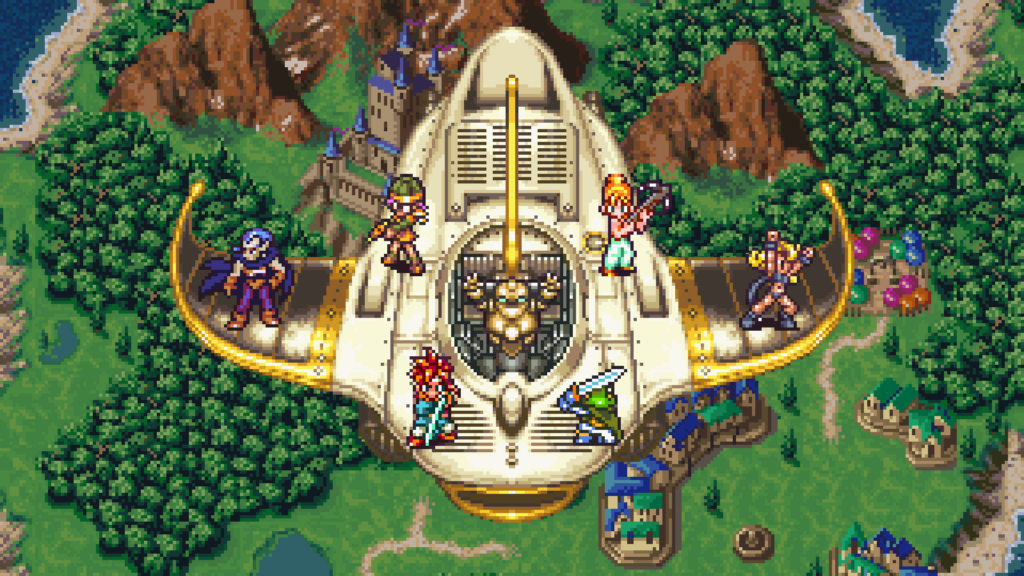
I would be remiss if I did not mention the music in this game. While I am far from being a knowledgeable music critic, I know enough to understand that this game’s soundtrack is held in high regard. I usually have difficulty remembering gaming soundtracks; however, many of the songs in this game are so memorable that I still find myself humming them without consciously remembering what game they come from. Whether it is the overworld theme from 600 AD the Millennial Fair celebration or even that catchy battle theme, the music in this game is good and you should go out of your way to listen to it throughout your playthrough.
Chrono Trigger is considered a classic for good reason. The game feels like a very complex cuckoo clock: tightly wound, beautiful, and with every part serving a purpose. Nothing feels “extra” or “filler” in this game, even if some of the side quests seemingly serve no purpose at first. What results from that developmental dream team is not merely a cash-in on their popularity at a time, but a well-crafted, lovingly-built, and engaging entry into the canon of gaming.
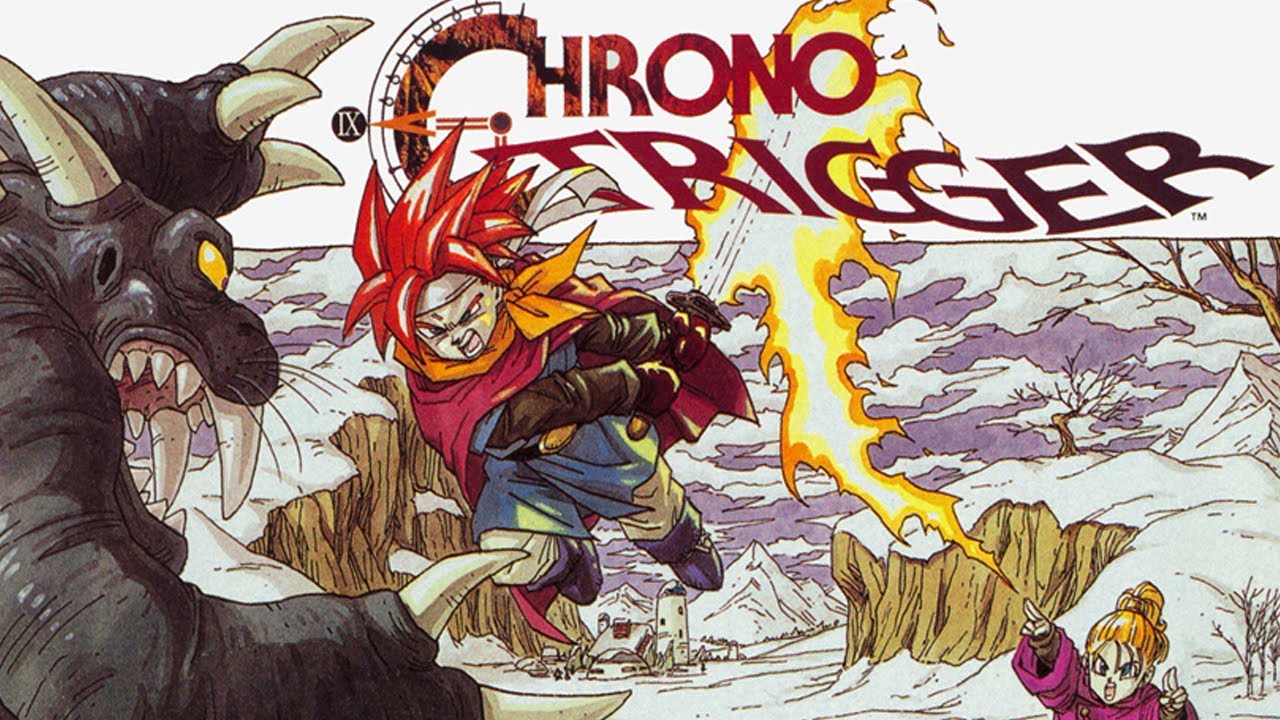
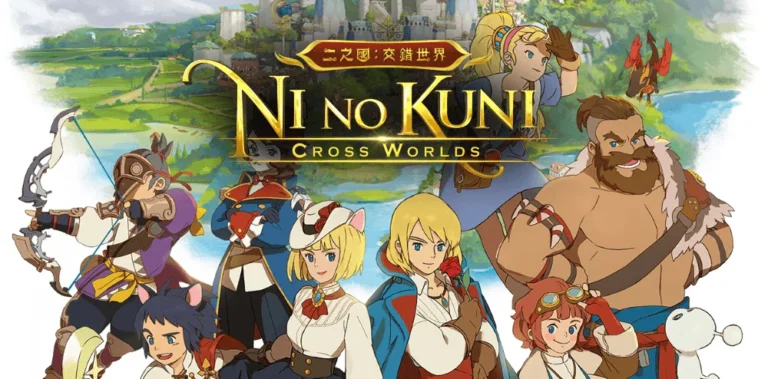
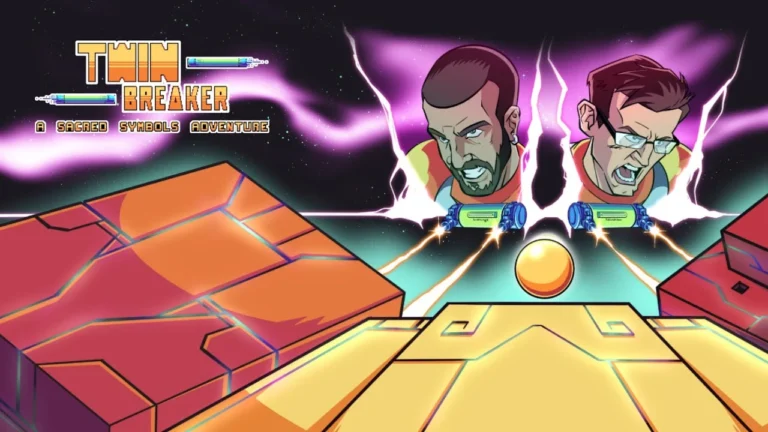
Leave a Comment